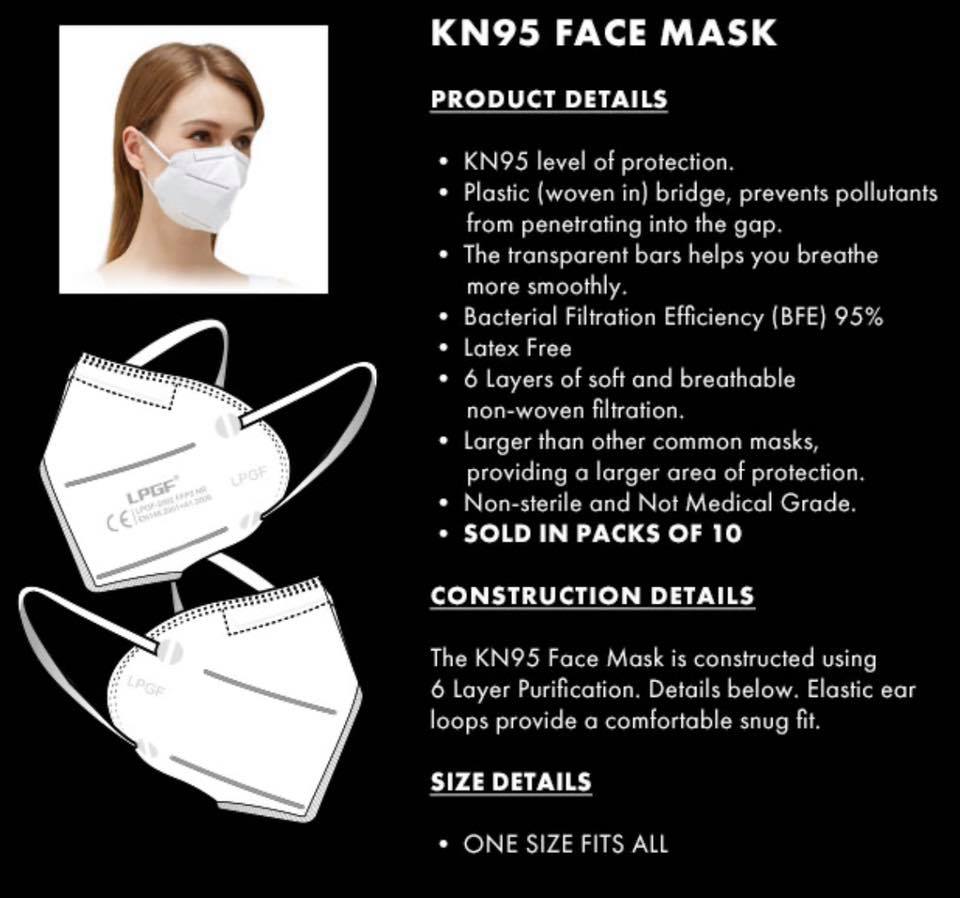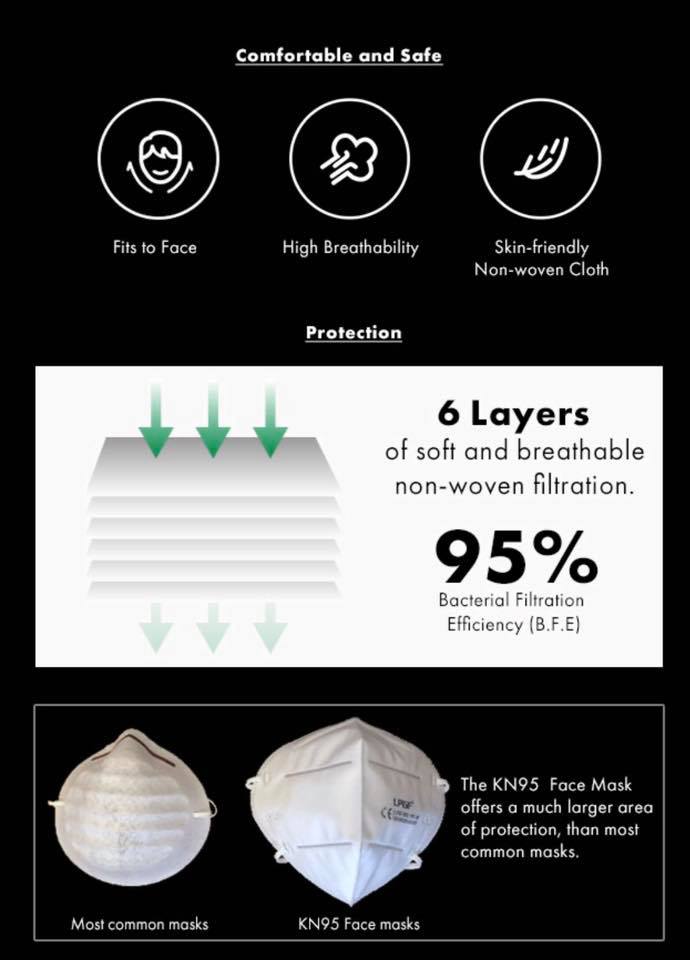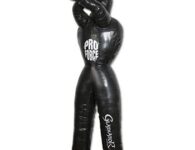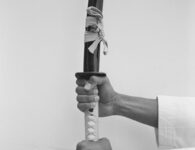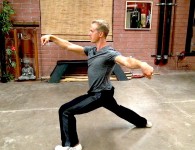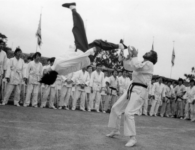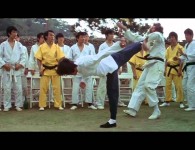
As a result of the ongoing COVID-19 situation, we’ve all had to learn and adapt on the fly, from social distancing practices to the purchase and use of personal protective equipment like face masks. A year ago, staying more than six feet away from other people, working from home as much as possible, and avoiding crowded gatherings were completely foreign concepts to many of us, but now they’re part of what we practice every day to keep each other safe.
It hasn’t always been easy, though. Even when we’re trying our best, it can be hard to keep up with the latest information and stay on top of the current best practices. Take the use of face coverings, for example. Although the use of masks has been a common habit in many parts of the world, the use of face masks to help prevent the spread of infections was almost unheard of in countries like the United States. And the challenge of getting used to this new practice was made even more complicated by some of the mixed messaging that public health experts provided in the early days of the pandemic. Even as the need for face masks in outdoor and indoor spaces has become clearer, the reason for that need remains the subject of some confusion.
To help clear the air, we’re dedicating this week’s blog to face masks and protective face masks. Let’s look into how face masks work, why we should wear them, and where you can purchase protective face covers.
How Do Face Masks Work?
The specific functions of a face mask depend on the design, fabric, and construction. For the purposes of this blog, we’re going to focus on two of the most popular and commonly accessible types.
Surgical masks are loose-fitting disposable masks also known as medical masks. According to the Mayo Clinic, a surgical mask “protects the wearer’s nose and mouth from contact with droplets, splashes and sprays that may contain germs. A surgical mask also filters out large particles in the air. Surgical masks may protect others by reducing exposure to the saliva and respiratory secretions of the mask wearer.”
Cloth masks should include at least two layers of fabric and can be made from a number of materials, including tightly woven cotton. Here’s what the Mayo Clinic has to say about them: “A cloth mask is intended to trap droplets that are released when the wearer talks, coughs or sneezes. Asking everyone to wear cloth masks can help reduce the spread of the virus by people who have COVID-19 but don’t realize it. Cloth face coverings are most likely to reduce the spread of the COVID-19 virus when they are widely used by people in public settings. And countries that required face masks, testing, isolation and social distancing early in the pandemic have successfully slowed the spread of the virus.”
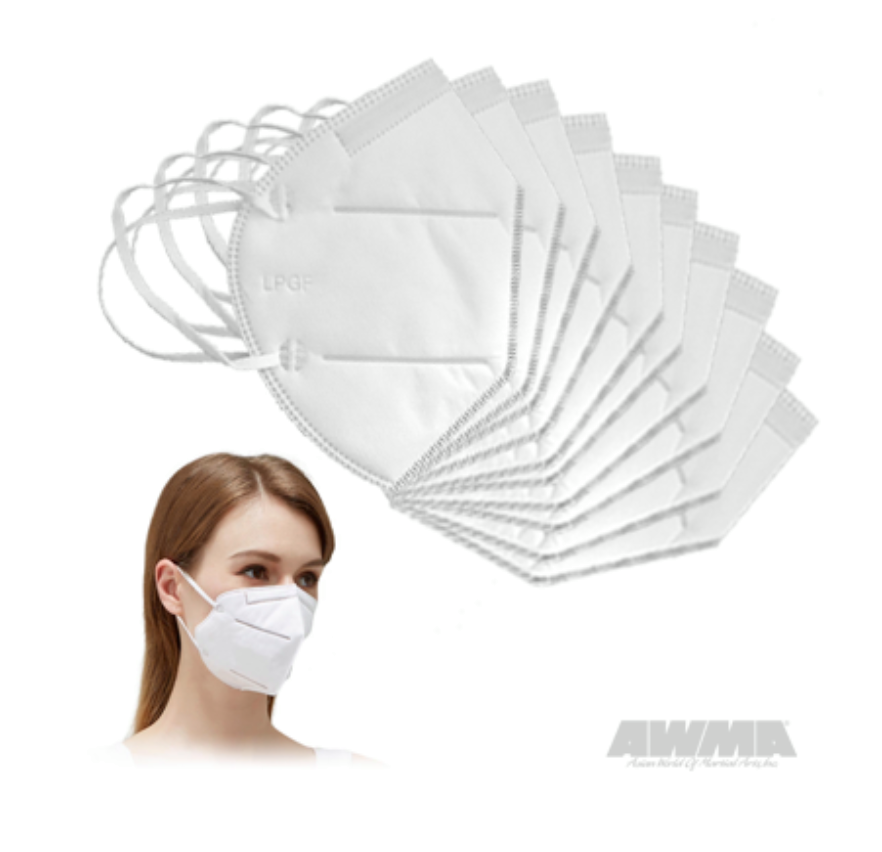
Why Should We Wear Face Masks?
The short answer is that most of us are currently wearing face masks to comply with local health guidelines that have been put in place to combat the COVID-19 pandemic.
The longer answer is that wearing face masks is part of what we can do right now to protect each other’s health. While there is some evidence that suggests that a face mask might give the wearer some protection against COVID-19, its primary purpose is to protect other people in case the wearer themselves is infected. It’s a concept that should be familiar to anyone who trains in martial arts with other people. We practice good hygiene, monitor our health and stay home when we’re sick and we sterilize and clean our martial arts gear, uniforms, and mats not just for ourselves, but to protect our community. They are a health precaution and an act of solidarity.
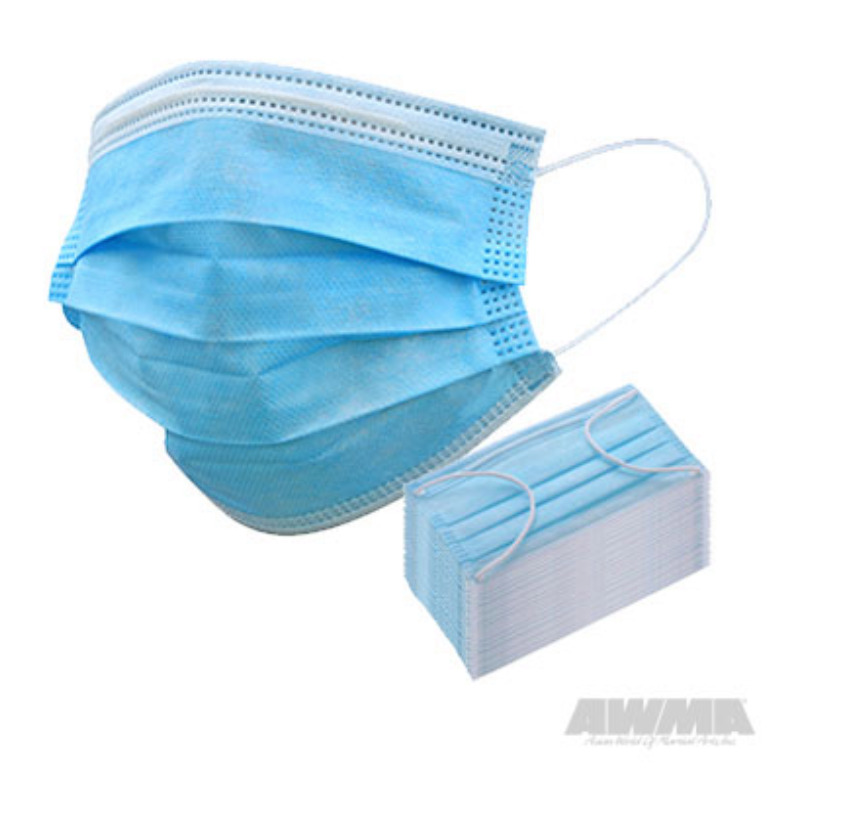
How To Wear A Face Mask
The CDC guidelines for wearing a mask are as follows:
Wash your hands before putting on your mask
Put it over your nose and mouth and secure it under your chin
Try to fit it snugly against the sides of your face
Make sure you can breathe easily
CDC does not recommend use of masks or cloth masks for source control if they have an exhalation valve or vent
Don’t put the mask around your neck or up on your forehead
Don’t touch the mask, and, if you do, wash your hands or use hand sanitizer to disinfect
They recommend correctly wearing a face mask in public settings and around people who don’t live in your bubble, especially when it is difficult to maintain at least six feet of distance between everyone.
Properly wearing your mask can take some getting used to. If you’re having issues with the fit or with your breathing, the CDC suggests starting slowly. “Wear your mask at home for a short time, such as while watching television. Then wear it during a short walk. Slowly increase the time until you feel more comfortable.”
Finding the right mask can also be a process. Face masks come in a number of different sizes and styles. Don’t be afraid to try different designs and sizes to find the best fit for you. Just make sure that your masks meets the current guidelines.
Where To Purchase Face Masks and Protective Face Coverings
You can find a variety of protective face masks for sale at AWMA®. There are several types of covers to choose from. These include 3-layer disposable non-surgical face covers you can wear once and throw away after using. Available in packs of 50 pieces, they’re great for stocking up on lightweight, easy-to-use face protection. There are also KN95 6-layer face covers which offer a larger area of protection and Bacterial Filtration Efficiency (BFE) of 95%. Other options include the Tultex cloth tie-on face cover and the Bella ear-loop face cover, so everyone can find one that’s comfortable and effective for them.
AWMA® has masks in-stock and ready-to-ship from our Philadelphia warehouse. Browse our selection and order yours today!
